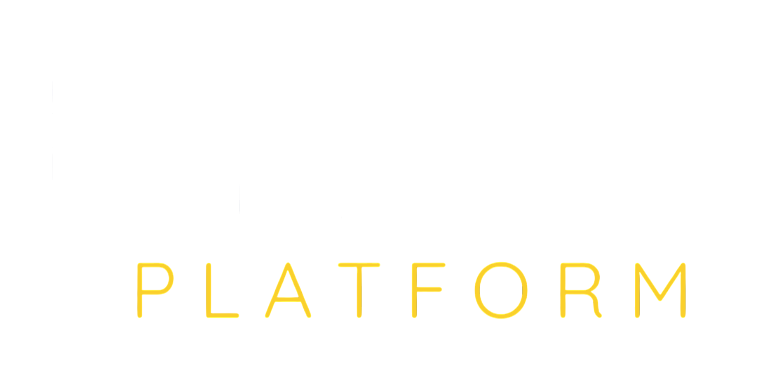
How to Choose the Right Web Development Framework for Your Project
7/3/2025
Choosing the right web development framework is one of the most important decisions you'll make when starting a digital project. It can directly influence your site's scalability, performance, maintainability, and time to market. With dozens of options available each with its own strengths it's easy to feel overwhelmed.
In this guide, we'll explore how to choose a web development framework that aligns with your goals, team capabilities, and long-term growth strategy.
What Is a Web Development Framework?
A web development framework is a set of tools and libraries designed to streamline the process of building web applications. Frameworks provide predefined structures and reusable code that allow developers to focus more on functionality and less on repetitive tasks.
There are two main categories: Frontend frameworks (e.g., React, Vue.js, Angular) for user interface development
Backend frameworks (e.g., Node.js, Django, Laravel) for server-side logic and database handling
Why Framework Choice Matters
Your choice of framework determines: How fast your product can be built
How easy it will be to maintain
How well it can scale as user traffic grows
The size and quality of the developer community supporting it
The availability of resources, integrations, and documentation
Choosing the wrong framework can lead to technical debt, security concerns, and costly rebuilds.
How to Choose a Web Development Framework: Key Factors
1. Define Your Project Requirements
Start by outlining the core features your project needs. Are you building a real-time chat application, a blog, an e-commerce platform, or a data dashboard? Each use case will align better with certain frameworks than others.
For example: Real-time apps: Node.js, Next.js
Content-heavy sites: WordPress, Laravel
Data dashboards: Django, Flask
E-commerce: Shopify, Magento, or custom React/Vue frontends with backend APIs
2. Consider Your Team's Skill Set
Leverage your team's existing knowledge. A skilled React team will be more productive using a React-based stack than switching to Angular. If your team is small or you're outsourcing development, choose a framework with strong community support and abundant learning resources.
3. Evaluate Scalability and Performance
Not all frameworks handle growth the same way. For example, while Flask is lightweight and fast for small apps, Django or Express may handle large-scale applications better. Consider the framework's performance under load, its caching capabilities, and support for microservices or modular architecture.
4. Check Community and Ecosystem
A framework with an active community means better documentation, frequent updates, plugin libraries, and a pool of experienced developers. This support becomes invaluable when your project grows or when troubleshooting becomes necessary.
5. Assess Security Features
Security should never be an afterthought. Frameworks like Django and Laravel offer built-in protection against common vulnerabilities like SQL injection, CSRF, and XSS attacks. Ensure the framework has a strong security record and regular patches.
6. Plan for Long-Term Maintenance
Will your framework still be maintained and relevant in 3 to 5 years? Does it have regular updates, a healthy GitHub repository, or long-term support (LTS) plans? Avoid trendy but unstable options unless your project demands cutting-edge experimentation.
Common Mistakes to Avoid
Choosing based solely on popularity rather than suitability
Ignoring performance benchmarks for expected user traffic
Overengineering simple projects with complex stacks
Underestimating integration needs with third-party tools or APIs
Each of these can slow your project down or increase long-term costs.
Final Thoughts
Learning how to choose a web development framework is about aligning your business needs, technical goals, and team resources. There's no single "best" framework only the best one for your specific context. By taking a strategic approach, you'll reduce technical risks and lay a strong foundation for a stable, scalable product.
Need Help Choosing the Right Framework?
At Bytes Platform, we specialize in helping businesses navigate technical decisions that directly impact product success. From choosing the right tech stack to building scalable, high-performance platforms, our expert team guides you every step of the way. Contact us today for a free consultation and discover the best framework for your project's unique needs.
Related Articles

6 Predictions for the Future of AI Search in 2026
6 Predictions for the Future of AI Search in 2026

Cloud Storage vs Local Storage Security: Which Is Safer for Your Data
Cloud Storage vs Local Storage Security: Which Is Safer for Your Data

Building Effective Marketing Strategies
Building Effective Marketing Strategies

